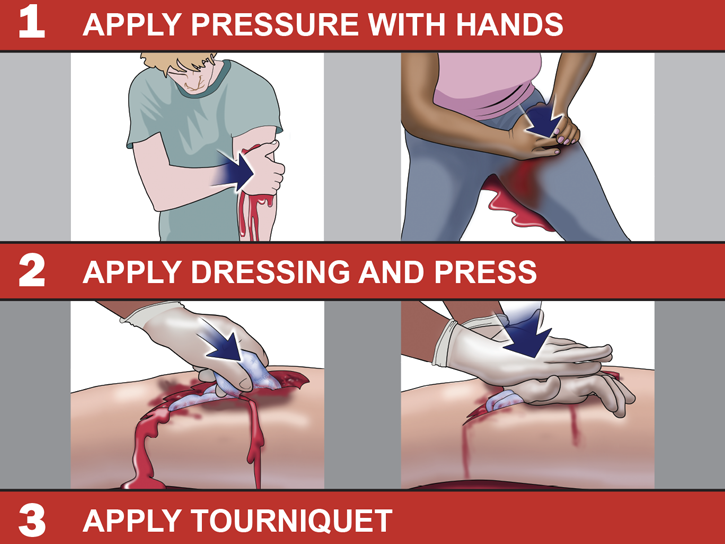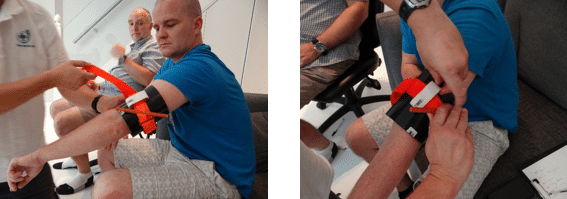How To Stop Bleeding
Published .

The application of direct pressure is the first and best move when the patient is bleeding
The problem with bleeding is that bleeding can hide underneath patient clothing. There are times where the medics will know where the patient is bleeding from, and other times they are not sure. In order to be treated, bleeding must be exposed. After the bleeding has been exposed, applying direct pressure becomes possible. Most of the time, rescuers do not apply enough direct pressure to the wound. If the bleeding is not slowing down or stopping, the patient may need more direct pressure (in the form of a a bigger and stronger rescuer). Bleeding control can take as long as 10 minutes. This may require moving the patient with a rescuer who has been delegated to stop bleeding is applying pressure to continue, even during movement to the ambulance and transport to the hospital.
If bleeding is slowing down, but still soaking through the bandages, apply more bandages to the back of the soiled ones. If the bleeding doesn’t stop, it’s time to consider a tourniquet.

A tourniquet is a device that is used to apply pressure to a limb or extremity in order to limit – but not stop – the flow of blood. It may be used in emergencies, in surgery, or in post-operative rehabilitation.

